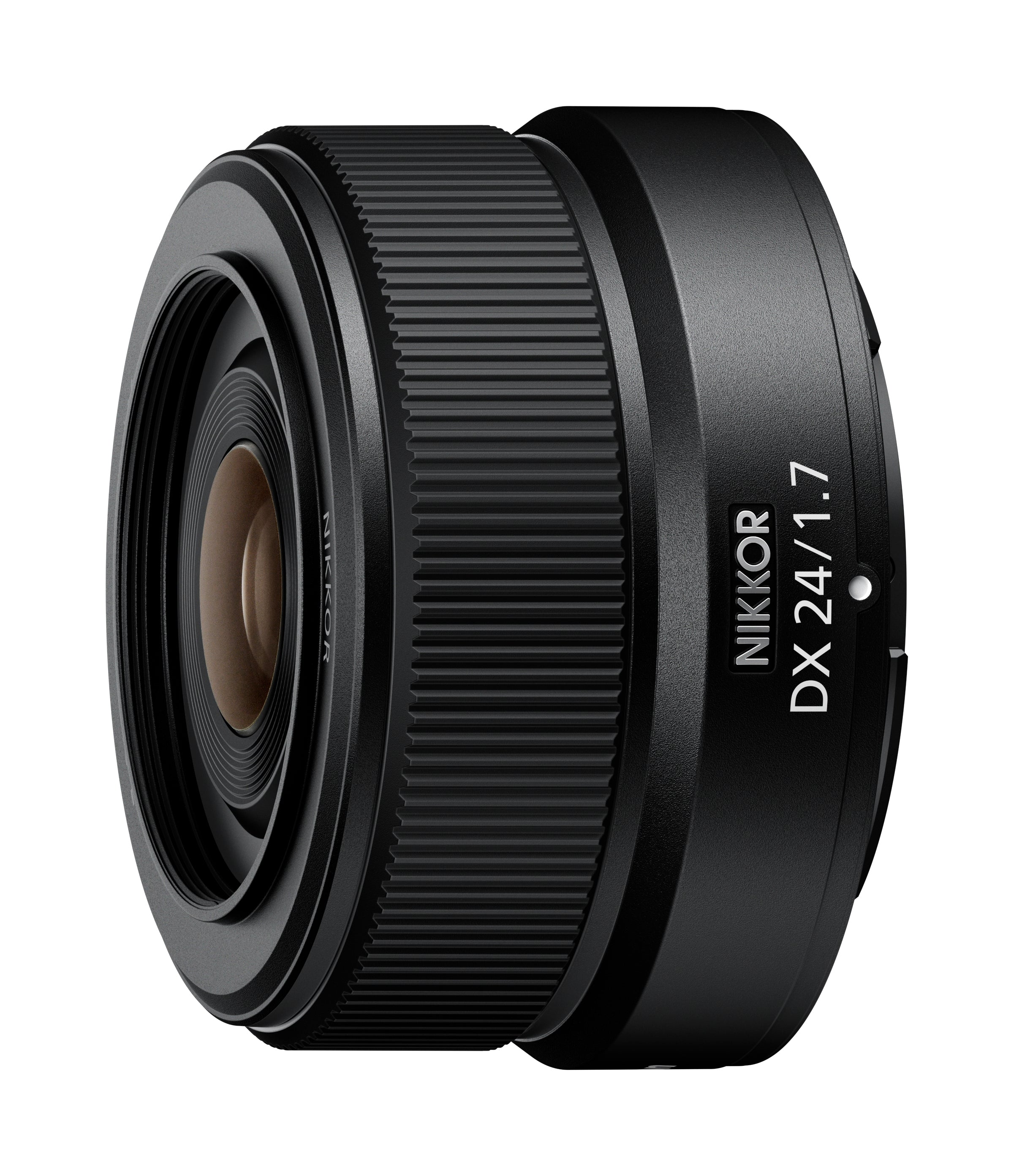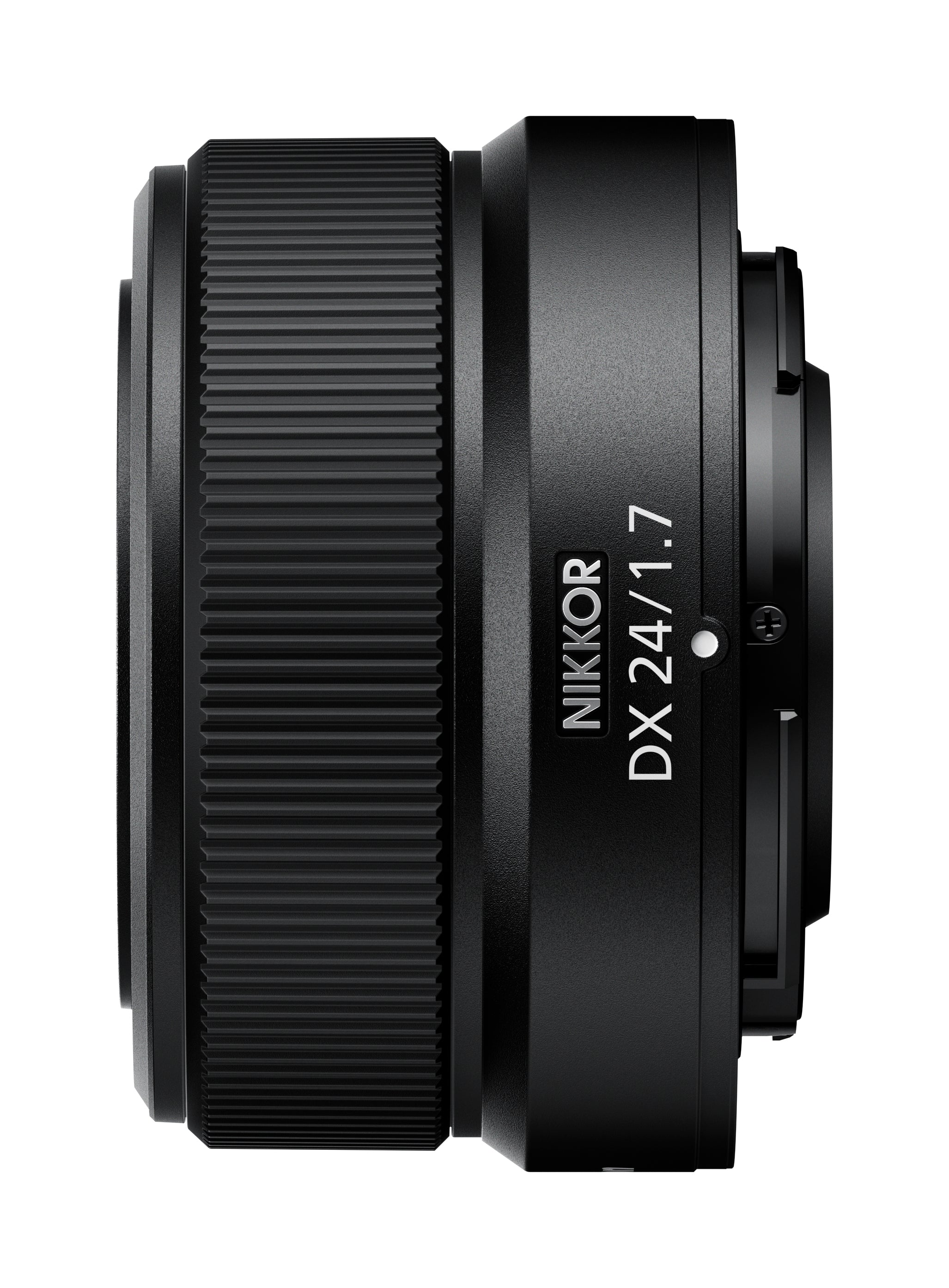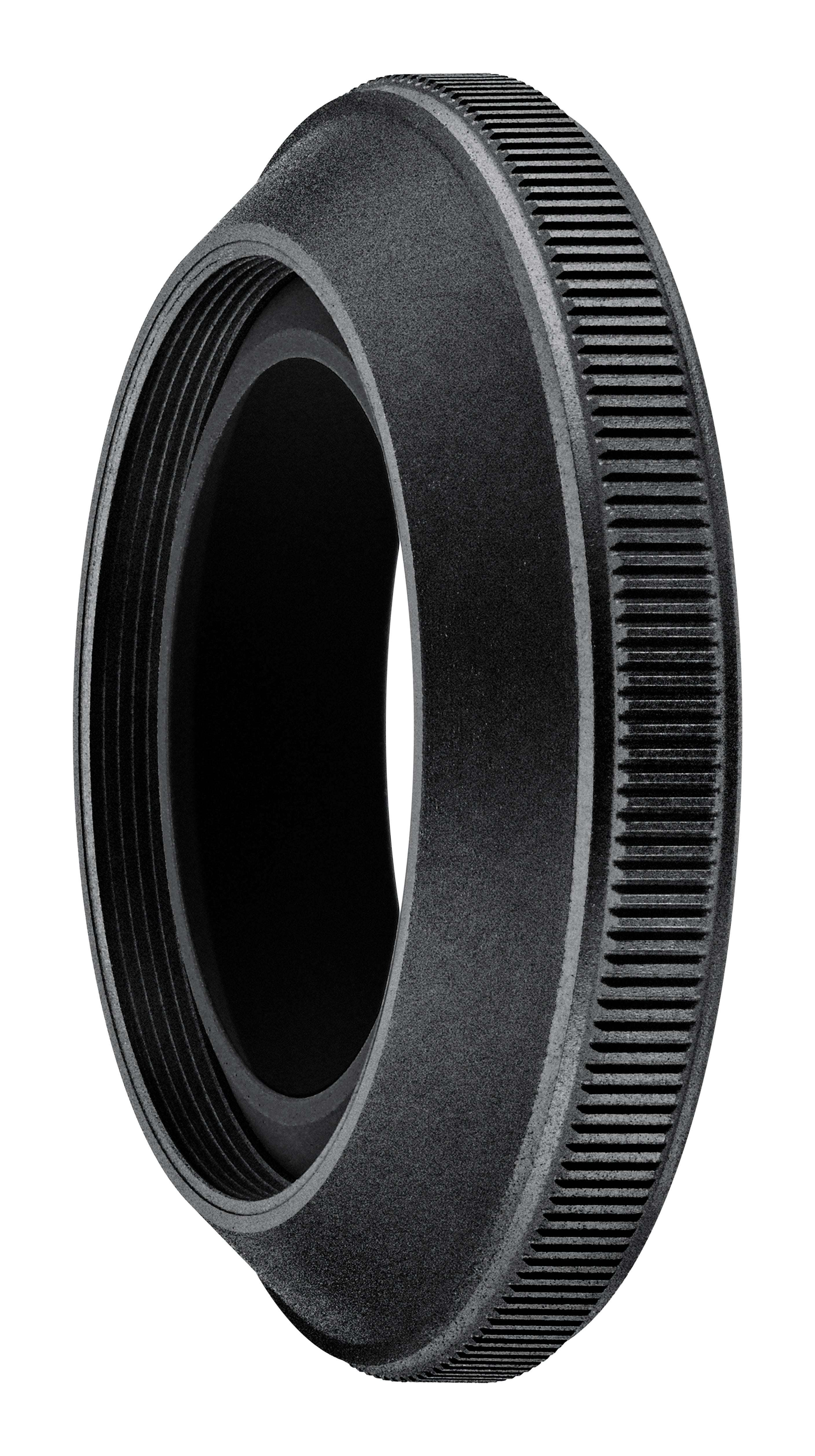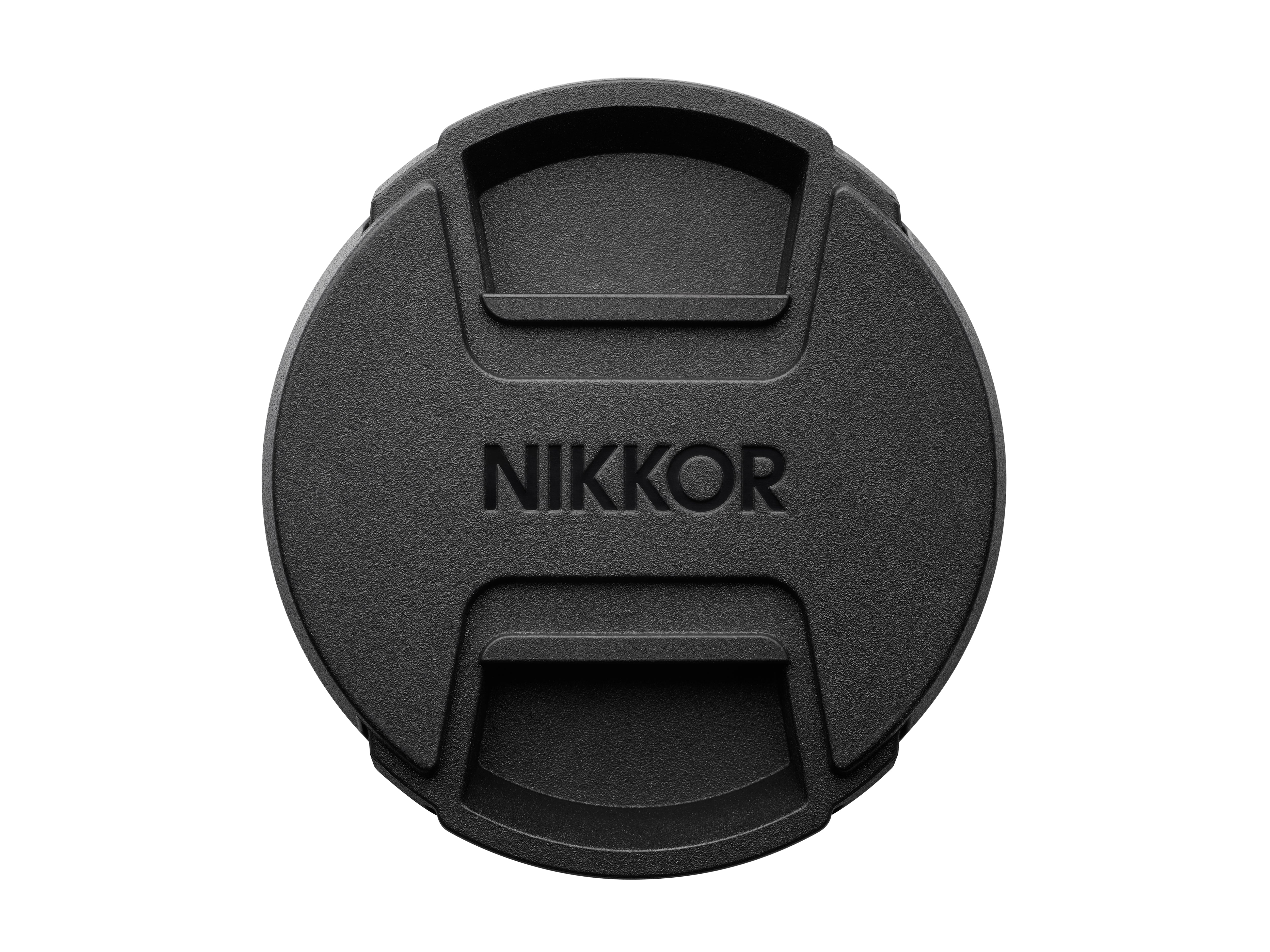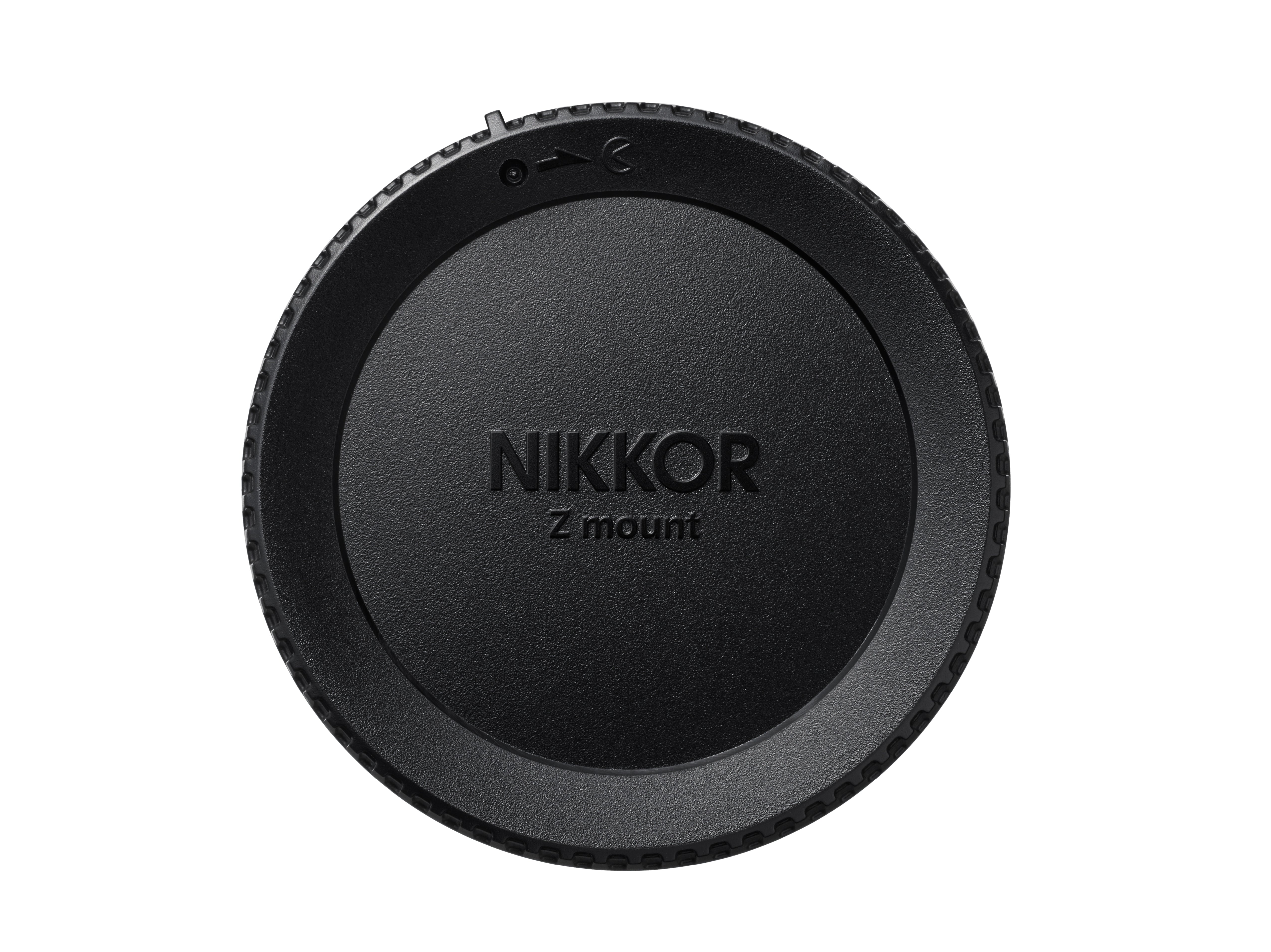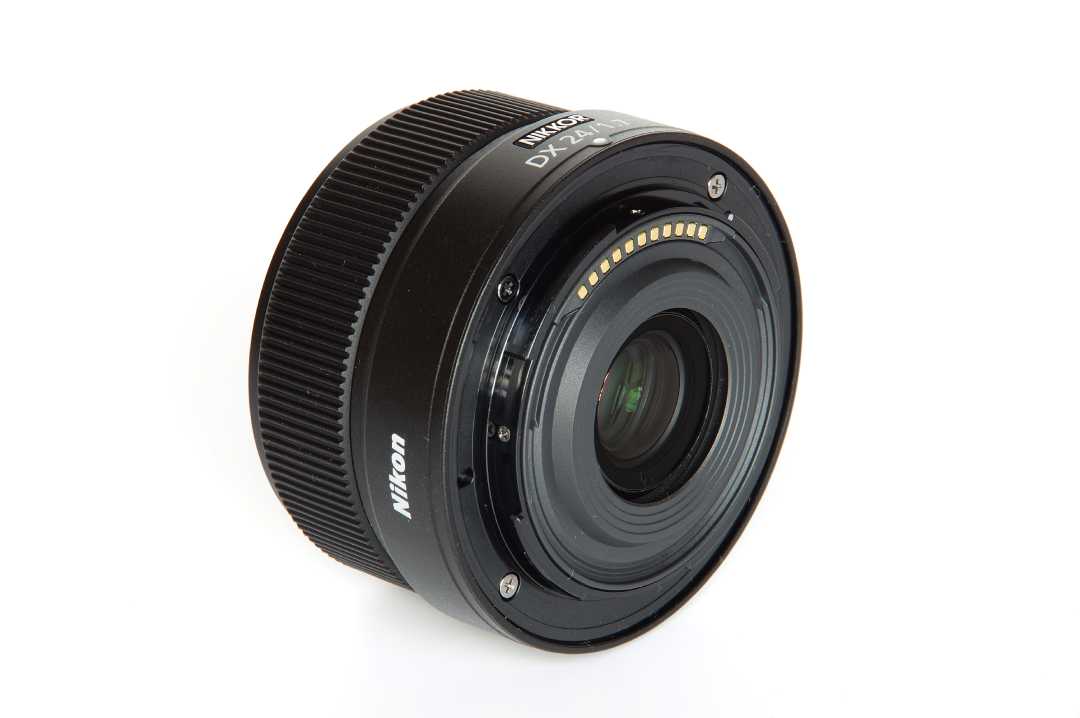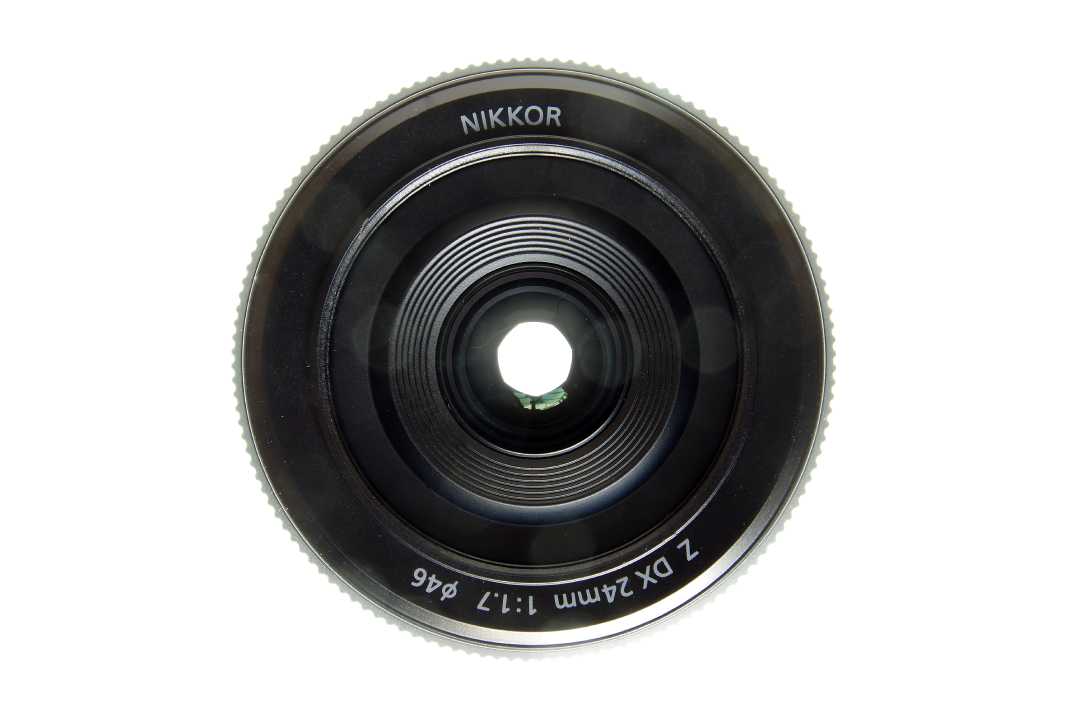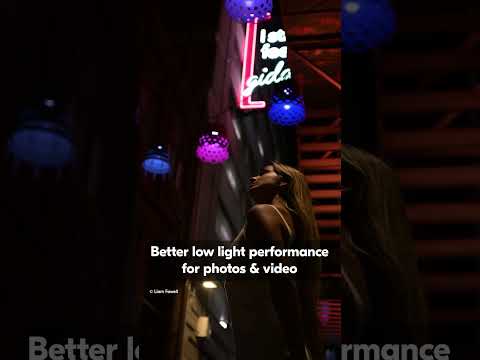Product Description
Nikon NIKKOR Z DX 24mm f/1.7 Lens: Compact Prime for Versatile Creativity
The Nikon NIKKOR Z DX 24mm f/1.7 Lens is a versatile, high-performance prime lens designed for Nikon DX-format mirrorless cameras. With its wide-angle view and fast aperture, it’s ideal for capturing landscapes, street photography, portraits, and more. This lens provides an angle of view equivalent to a 36mm lens on a full-frame (FX) camera, making it a great choice for a variety of shooting scenarios where a bit of extra context is desirable.

Fast f/1.7 Aperture for Exceptional Performance
The f/1.7 maximum aperture of the NIKKOR Z DX 24mm lens allows more light to enter the camera, which is essential for low-light photography. This feature enables you to shoot at lower ISO settings, reducing noise in your images, or use faster shutter speeds without compromising brightness. The large aperture also provides a beautifully blurred background, or bokeh, giving your subjects a professional look and adding depth to both photos and videos.

Sharp Focus Up Close
One of the standout features of this lens is its minimum focusing distance of just 0.18 meters (18 cm). This allows for sharp, detailed shots even when the lens is only 12.4 cm from your subject. Whether you're photographing intricate details or capturing close-up portraits, this lens delivers impressive sharpness and clarity.
Ideal for Video
The NIKKOR Z DX 24mm f/1.7 lens is not only excellent for still photography but also well-suited for video recording. Its perspective closely resembles the classic 35mm view, making it a favourite among filmmakers. The lens operates with a fast, silent autofocus powered by a stepping motor, ensuring smooth and quiet focus transitions. Additionally, it suppresses focus breathing, which helps maintain consistent framing and composition during video shoots.

Lightweight, Compact, and Durable
Weighing just 135 grams, the NIKKOR Z DX 24mm f/1.7 is a remarkably lightweight and compact lens, perfect for photographers and videographers who need a portable solution without sacrificing performance. Its dust- and drip-resistant design ensures reliable operation even in challenging conditions, making it a dependable choice for everyday shooting and travel.
Versatile and Practical Design
The lens comes with a Nikon HN-42 lens hood, which helps to prevent ghosting and flare, enhancing image quality by blocking stray light. The hood also features a 46mm filter thread, allowing you to attach filters for further creative control. This practical design element adds to the lens’s versatility and ease of use.
Key Features of the Nikon NIKKOR Z DX 24mm f/1.7 Lens:
- Wide-Angle Prime Lens: 24mm focal length with an angle of view equivalent to 36mm on full-frame cameras.
- Fast f/1.7 Aperture: Allows more light for low-light shooting and creates a natural, creamy bokeh.
- Close-Up Capability: Minimum focusing distance of just 0.18 meters (18 cm) for sharp, detailed close-ups.
- Silent Autofocus: Fast, quiet stepping motor for smooth and unobtrusive focus changes, ideal for video.
- Lightweight and Compact: Weighs only 135 grams, making it easy to carry and handle.
- Durable Build: Dust- and drip-resistant design for reliable performance in various conditions.
- Included Lens Hood: Nikon HN-42 lens hood prevents ghosting and flare and accepts 46mm filters.
Perfect for Various Photography and Videography Needs
Whether you're shooting landscapes, street scenes, portraits, or video content, the NIKKOR Z DX 24mm f/1.7 lens provides excellent performance and versatility. Its fast aperture, close-focusing capabilities, and compact, durable design make it an essential addition to any Nikon DX-format mirrorless camera kit.
Specifications at a Glance:
- Focal Length: 24mm
- Maximum Aperture: f/1.7
- Minimum Focusing Distance: 0.18 meters (18 cm)
- Filter Thread: 46mm
- Weight: 135 grams
- Weather Sealing: Dust- and drip-resistant
Payment & Security
Your payment information is processed securely. We do not store credit card details nor have access to your credit card information.

